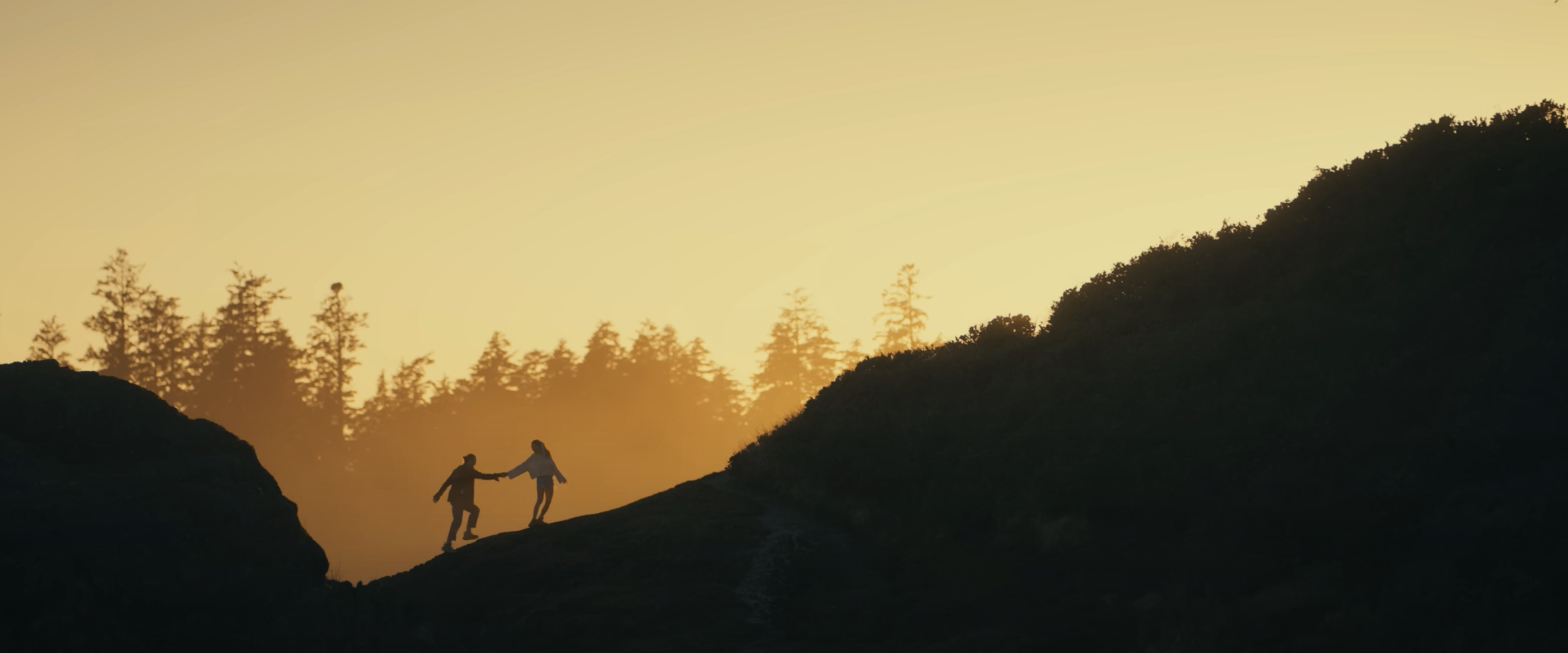
Song and Story — 2024 ASC Music Video Award Nominees
AC delves into the three projects that vied in the new Awards category launched this year.
Introduction by Andrew Fish
Wistful storytelling, juggling of wildly disparate aesthetics, and vibrant-hued body horror played prominently in the respective projects that contended for the inaugural ASC Music Video Award this year. Each nominee — Jon Joffin, ASC, for Jon Bryant’s “At Home”; Scott Cunningham, ASC, for Little Simz’s “Gorilla”; and Andrey Nikolaev, for Cassie Marin’s “Tanto” — displayed the kind of image-making mastery the Society aimed to elevate with the creation of this new award.
ASC President Shelly Johnson considers the cinematographic work on music videos, as a whole, to be “some of the most audacious and fearless.” He notes, “The establishment of the award shows the respect our members pay to the elements of visual expression that are often invented within this genre. In many ways, music videos have made the departure from traditional visual ideas more acceptable — similar to when American cinematographers from the ’70s were influencing audiences to embrace flares, handheld shooting and natural light, and making them more acceptable for mainstream studio features. Such open thinking leads to an evolution of perception, where techniques that were once viewed as ‘mistakes’ are now considered innovative and expressive.”
Johnson adds that the imagery in some of the most iconic music videos has been crafted by ASC members — see AC’s February and March 2024 issues’ respective coverage of Crescenzo Notarile, ASC, AIC and Daniel Pearl, ASC, for just a couple of examples — and he touts the benefits that all cinematographers can gain with experience in this arena. “A residency in music videos,” he says, “gives us an opportunity to break the rules we’ve learned and find new avenues of expression in an area of cinematography that welcomes spirited ideas.”
Charles Minsky, ASC, chair of the Society’s Awards Committee, agrees. “If you can imagine it, and the director likes it, you can go for it,” he says. “One great idea becomes another and becomes able to be used on a feature or a documentary. All these lines are converging.”
The inaugural ASC Music Video Award nominees are explored below.
“At Home” With the Music
Jon Joffin, ASC embraces projects that allow him to play with imagery to elicit emotion, and the music video for Jon Bryant’s “At Home,” which earned him his fourth ASC Award, presented especially fertile ground.
As both the director and cinematographer of the piece, Joffin was in on its conceptualization from the beginning. “It was exciting because I knew I would have full control,” he says.
“When I heard the song, I just loved it — it’s such a beautiful song,” he continues. “And I found out that Jon had written the song for his wife, Bree [Woodill Bryant], who’s in the video, too. I thought it would be amazing just to show their love visually, without having them sing.”
Joffin collaborated with Bryant to create a narrative that paralleled the couple’s own love story. Looking through family photos, they homed in on several moments that could be featured in the video, such as the couple’s skydiving outing and a surprise birthday party at a recording studio. Older and younger versions of Jon and Bree appear in the video, but they play themselves most of the time.
Joffin shot “At Home” with a Sony Venice 2 and a mixed set of lenses: Atlas Mercury anamorphics flared warmly in the outdoor scenes; a Sony G Master 600mm E-mount F5.6 still-photography lens captured several long-distance shots; Angénieux Optimo Primes played for scenes in a diner, with Joffin using the internal filter space for Tiffen Glimmerglass; and Zeiss Supreme Prime Radiance lenses captured a scene with fireworks.

“At Home” opens with an older Jon sitting in a diner with a wistful expression. The ambience is cool and dark, and he is conspicuously alone. Then we’re transported back to his youth; he’s sitting in the same diner as a boy, and the world is bright and warm. He sees a girl in another booth and they smile at each other. We see him next as a teenager at an outdoor party, and he meets Bree (who is perhaps the same girl from the diner?), as fireworks burst in slow motion around them. “There were so many bright light-bursts all around, and I needed the reliability of the Radiance Primes to capture the scene richly without blowing out,” Joffin explains.
We see Jon and Bree date, and then time speeds ahead. They visit the desert, run on the beach and hike up a mountain, all at golden hour. They marry. They skydive. Then we return to the older Jon alone at the diner. The lights turn off, and he is left in the dark. Suddenly, an older Bree enters with a birthday cake. Their celebration is intercut with memories of their younger selves. The video ends with the older couple together, smiling at each other across the table at the diner (once again?).
For the darkened scene in the diner, the cinematographer says, “I chose the Optimo Primes with internal Glimmerglass because they felt retro without being too heavy-handed. They were subtle yet perfect.” For the birthday cake’s candlelight, he adds, “We built a hollow cake, cut out a little less than half of the cake form’s side wall and replaced it with Magic Cloth diffusion — and we would position the cake so that the cutout area was facing away from the camera. Gaffer Dustin Allen put Astera Nyx bulbs inside that we flickered to supplement the candlelight.”
Joffin wanted Bree’s final entrance at the diner to be a surprise. “The whole video, you think she’s not around anymore because he’s quite sad at the beginning. People have asked me, ‘Why is he so sad in the diner if she’s alive?’ I’m older now, too, and I look back on my life and think about the opportunities I’ve had and the things I’ve done. Did I enjoy the moments? I’m getting a little bit sad right now talking about it. Have I enjoyed the moments fully enough? Am I going to have those moments again? That’s really what’s going through his head. I think that’s why it’s a good story.”

Joffin’s favorite shot is a quiet moment. “We were rolling just as the sun came up. If you look at that shot, there’s Jon looking at Bree, and Bree smiles. It says everything. To me, it’s just so much joy and love for each other, and happiness. That’s what we were trying to capture. I used Atlas Mercury anamorphics here — their general warmth combined with the warm anamorphic streaks and their painterly quality felt totally right.”
One of the reasons the shoot took five days was the extensive outdoor work that required the warm light of sunrise or sunset, with the crew breaking between golden hours. Joffin notes the timing wasn’t only about aesthetic beauty, but also about tone. “When I think about it, it’s the warmth of a relationship. It’s the warmth of love. Then there’s also something kind of sad and beautiful about the fact that the sun is setting. It’s a suggestion that the relationship is coming to an end, but really it isn’t, so that’s sort of a nice surprise for the audience.”
Joffin notes that he had a keen interest in “testing out the camera’s Rialto extension system, so for those shots of skydiving, the skydiver actually has a Venice strapped to his belly and he’s holding a Rialto!”
He asked dolly grip Chris Walsh, a seasoned skydiver, to execute the Rialto shots. The small plane they used needed 45 minutes to spiral up to altitude for each take, and it took 30 minutes to repack the parachutes safely. With those time constraints, there was little room for error.
“The clock was ticking, and we were shooting but we weren’t getting any kind of interesting shots — something just wasn’t working,” recalls Joffin. He soon realized there was no sense of relative motion between the skydivers and the clear sky. Late in the day, clouds rolled in and the team shot two takes that gave the action a sense of motion and scale. “We used a 14mm Sigma T2 to keep the Rialto setup as light as possible,” he says. “The lens had enough depth to set the focus and tape it so it couldn’t be bumped. Since we were on the ground, I would have to guess the exposure each time before they took off. Somehow, it all worked out.”

Capturing the necessary shots took patience and attention to detail on the part of the whole crew, which Joffin observes with gratitude. Despite the hard work, he was surprised when he got the news that “At Home” was nominated for the inaugural ASC Music Video Award. “I was really, really ecstatic. I mean, what a great honor, and to be up against such beautiful videos — ‘Gorilla’ and ‘Tanto’. Considering all the great work that’s out there, I was really shocked and incredibly honored.”
Joffin also received an ASC Award nomination this year for the “Something Real” episode of the musical TV series Schmigadoon! (AC July ’23). “I’m particularly drawn to music and musicals because I feel that images are like music,” he adds. “When you put images to music, and music to images, they amplify each other and make each other better. Sometimes I see a shot and it’s a pretty good shot — and then you put the music on it, and it just takes it to the next level. I think it’s because I’m not musical and don’t play an instrument that I really enjoy using music as an instrument together with picture. That’s such a great thing.”
Tech Specs | “At Home”
2.39:1
Camera | Sony Venice 2
Lenses | Atlas Mercury, Angénieux Optimo Prime, Sony G Master, Zeiss Supreme Prime Radiance, Sigma T2
Shaking It Up for “Gorilla”
ASC Music Video Award nominee Scott Cunningham, ASC has spent years honing his work in the genre, and it shows in his nominated project, Little Simz’s “Gorilla.” The goal he and director Dave Meyers had for the video was to challenge themselves — a high bar, considering that their creative partnership spans more than two decades. “It’s about not ever resting on what we did last time,” says Cunningham. “How do you constantly reinvent yourself as a cinematographer and as a director? Hopefully, by doing work that people don’t expect from you. If it doesn’t look like my typical work, then I feel I’ve succeeded.”
Cunningham is effusive about the creative potential inherent in the music video. “The format is so freeing because there are no rules. Ultimately, you can go so many different directions depending on the song and the artist. It’s a great playground for new ideas, techniques and approaches. It’s been a fantastic avenue for learning the craft.”
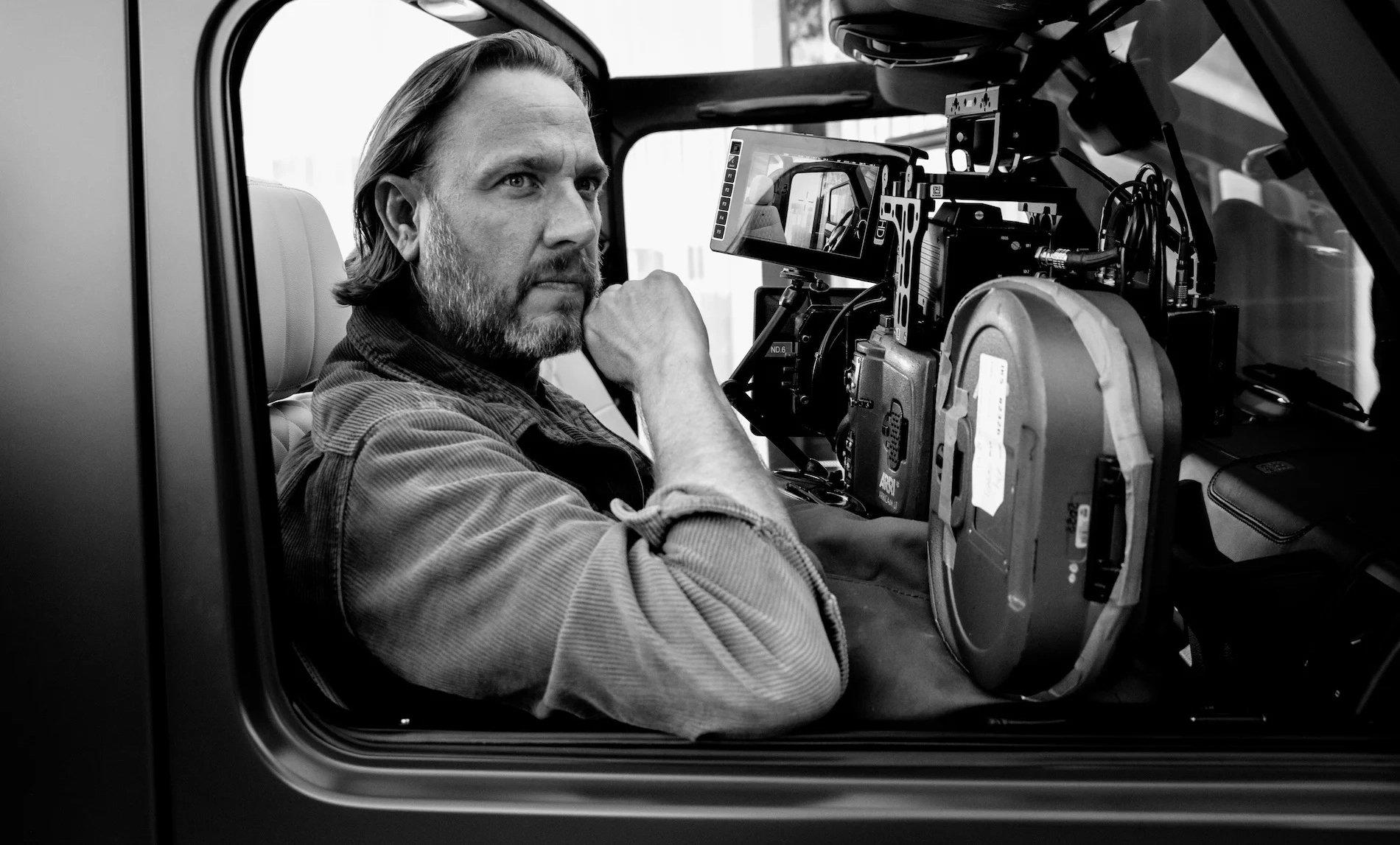
Meyers envisioned “Gorilla” as a series of vignettes, as opposed to a piece with a narrative through-line. Little Simz performs the song within several different tableaus that are intercut.
The video opens on a group of people playing wind instruments in front of a Southern-style house. The scene is playful, with the camera zooming in and out as they perform; they’re dressed casually, and scarves tied around their faces conceal their identities. Little Simz begins to sing to the camera, but her face is visible.
From there, we are transported to a wide-angle view from the front of a BMW as Little Simz drives through a city at night, singing to the camera. Once the car is introduced, the video cuts between the car and house scenes, establishing the rhythm that will repeat as each new scenario unfolds.
Eventually, 17 unique tableaus are introduced. Many of them find interesting ways to position Little Simz among a group of people. The camera views her from above, from below, and once even partially obscured by the back of a man’s head. At times, she floats above people or appears to be falling farther from the camera. One of the most visually arresting scenes is set in a parking garage, where she shoots down a spiral ramp while lying on a skateboard. Around her, others race down the incline as well.
Cunningham decided to let the performances create the movement throughout the piece. “I’m a huge fan of still photography, as I think all cinematographers are, and sometimes I like to get simple and just find the frame that works best, and let the artist live in the frame. Little Simz is such a dynamic and interesting artist that I didn’t feel like I had to do a lot to cover up for her. You can put her in front of a camera and just let her personality come through. She’s fantastic in that sense … it’s something that not all artists have.”

In the interest of keeping it simple, Cunningham found himself leaning into what he calls the “Hasselblad-photography approach.” For each tableau, “I was thinking, ‘What would make a great record cover?’” he says. “I would try to compose an image that could stand alone. Within a scene, as we recomposed, we would look for another angle that could be static.”
Though the camera moves are minimal for most of the setups, Cunningham established different tones and aesthetics for different scenes by changing the aspect ratio and lenses. Shooting primarily with an Arri Alexa 35, he used Arri/Zeiss Ultra Prime, Hawk MiniHawk Hybrid Anamorphic and Arriflex/Zeiss Super Speed MKII lenses. For the more dynamic car and skateboard work that required a lighter rig, he used a Sony Alpha FX3 with a Sony FE 12-24mm F4 G zoom. A 360-degree car shot was captured with a Kandao QooCam 8K 360.
“I realized it would be more interesting if we started mixing some other formats as I was seeing what the location was going to be or what the artist was going to be wearing,” he says. “I said to myself, ‘Okay, this scene would actually feel better in an anamorphic, letterboxed format, or maybe framing for 4:3 would be the right choice for something else. I love to mix formats and treat each scene as its own individual film, not worrying about a narrative through line. This video didn’t really have that; it’s a group of individual concepts, or individual visuals put together.”
He used the Hawk MiniHawks — hybrid spherical lenses with induced aberrations and a unique, oval-shaped aperture — for the opening scene, to achieve an anamorphic feel while shooting spherically. The Super Speeds were used for night work for their low-light capabilities, and the Ultra Primes were used for much of the day work.

Depending on the locale, Cunningham framed for 2.39:1, 4:3 and 1.78:1, favoring what would highlight Little Simz. The video was shot over two days, and many of the effects were achieved practically, heightening the challenge.
For the skateboard scene, “my key grip, Dave Riggio, and I went through quite a few ideas as to how to pull it off safely,” Cunningham recalls. “We wanted to have the real skateboarders able to fly by, and I really felt that in the end, what we needed was to get a camera operator that does skate videos, because operating from a skateboard really isn’t something I would be good at. We found Dan Stolling [whose credits include the skateboarding docuseries King of the Road], who could skate down the parking garage while operating the camera.
“To keep Little Simz safe, we put her on a Patriot Classic — an electrically controlled, golf-cart-size camera car,” he continues. “We used the Patriot as the platform to film from when we were leading her. Then, we put a skateboard in front of the car and attached it with speed rail, which we erased in post, so it looked like she was just lying on her back when in fact, she was being pushed down the hill while Dan was leaning out, holding a small [DJI] RS 3 with the FX3. The solution was definitely in the spirit of old-school skater videos!”
Cunningham and his team had about two hours to accomplish each setup, including rigging and getting the artist comfortable with the rig.
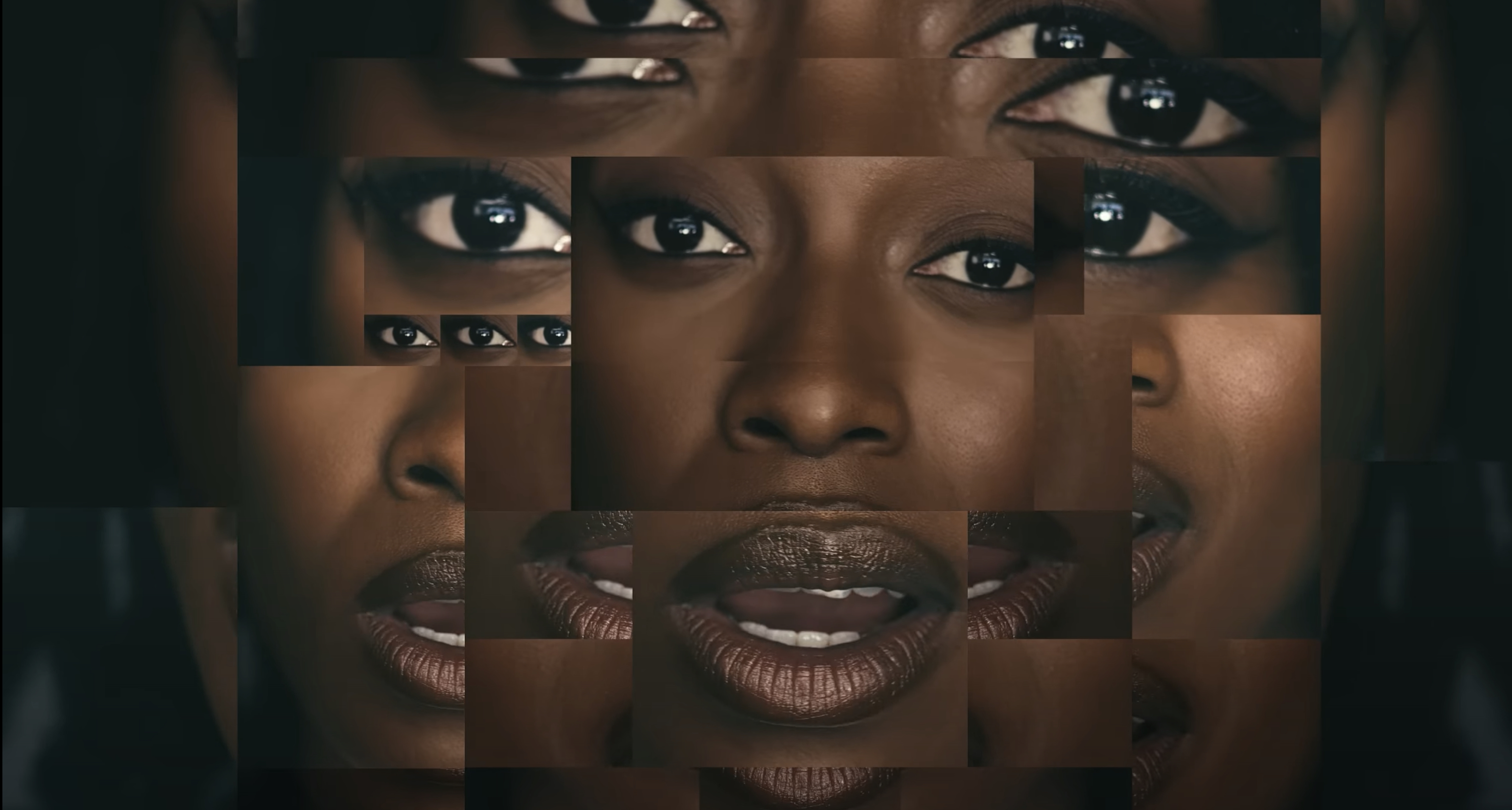
The cinematographer calls his nomination for the ASC’s inaugural Music Video Award “an extreme honor. I’m excited that in the first year they’re offering this award, I have an opportunity to be a part of it in any way, shape or form — it’s just a privilege. I hope to represent all the music-video cinematographers that don’t necessarily get the credit they deserve, but mostly, I just love that the ASC is recognizing this part of the craft and what it contributes to cinematography as a whole.
“Music videos are very often used as inspiration and training ground for young cinematographers, and they’re a vital way to develop new techniques that will, within a few years, find their way into bigger projects. It’s still one of the great entryways into the business.”
Tech Specs | “Gorilla”
2.39:1, 4:3, 1.78:1
Cameras | Arri Alexa 35, Sony Alpha FX3, Kandao QooCam 8K 360
Lenses | Arri/Zeiss Ultra Prime, Hawk MiniHawk Hybrid Anamorphic, Arriflex/Zeiss Super Speed MKII, Sony FE F4 G zoom
Bringing “Tanto” to a Fever Pitch
The technical challenges posed by Cassie Marin’s music video for “Tanto” were right up cinematographer Andrey Nikolaev’s alley, thanks to his visual-effects background in his native Russia. “I did that before I even started to shoot, so I’m very familiar with the process and possibilities,” he says. “So are [directors] King She. We didn’t have any previs because we were very confident in what we wanted to achieve and how to do it.”
Nikolaev was thrilled to collaborate with King She, a directing duo comprising Radha Ganti and Robert Lopuski. “I was astonished by the complexity of the visual language in their video [for Rico Sanches’] ‘Rare: The Boy Who Cried Swag,’ and I wanted to be a part of their next masterpiece.”
The directors first asked Nikolaev how he would approach the intricate choreography of the piece, which requires a constant dance between the camera and Marin, often extremely close up. “Our music video is inspired by Cassie’s story of living with an autoimmune disorder, and since the disorder mostly affects skin, we wanted to have shots as close as possible to the skin,” he explains.
“I offered that we shoot on a probe lens. We tested a lot of them and then chose a [P+S Technik] Skater Scope because it allowed us to do a barrel roll without spinning the camera. For the skin close-ups, we used the Skater Scope on a Steadicam to push that feeling of disorientation, of a fever.”
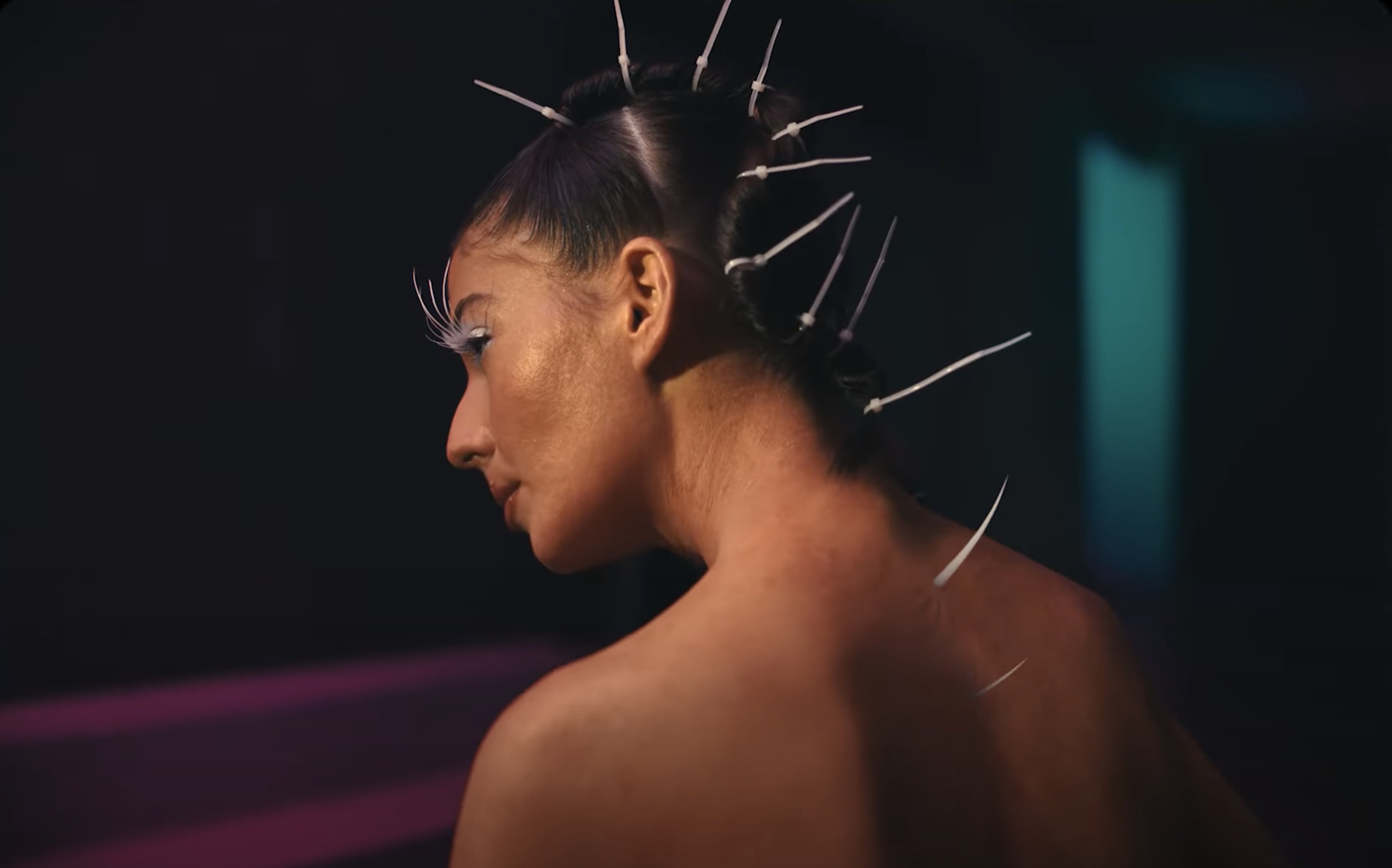
For the close moving shots, Nikolaev paired the Skater Scope with a Laowa 12mm T2.9 Zero-D prime. The video starts on more standard lenses — a set of Lomo Illumina S35 MKIIs — and the look becomes increasingly extreme as Marin is sickened by the toxins in her system.
“Tanto” opens inside a blood vessel, winding through the channel as particles float in front of the camera. From there, the viewer is transported to an apartment where Marin lies on a couch. She gets a message from her doctor that her lab results have revealed she is ill. She checks her face in a mirror, watching as a rash spreads.
Then, we are catapulted into a heightened version of reality and see her in different locations in quick succession, along with other shots of blood moving through her veins, including close-ups on metal shards. In one scenario, she is bound to the floor by heavy metal chains. She sings to the camera, now freed, as she is surrounded by other people covered in metallic accessories who cling to her. Her face slowly starts to melt away as she sings to the camera, flowers surrounding her.
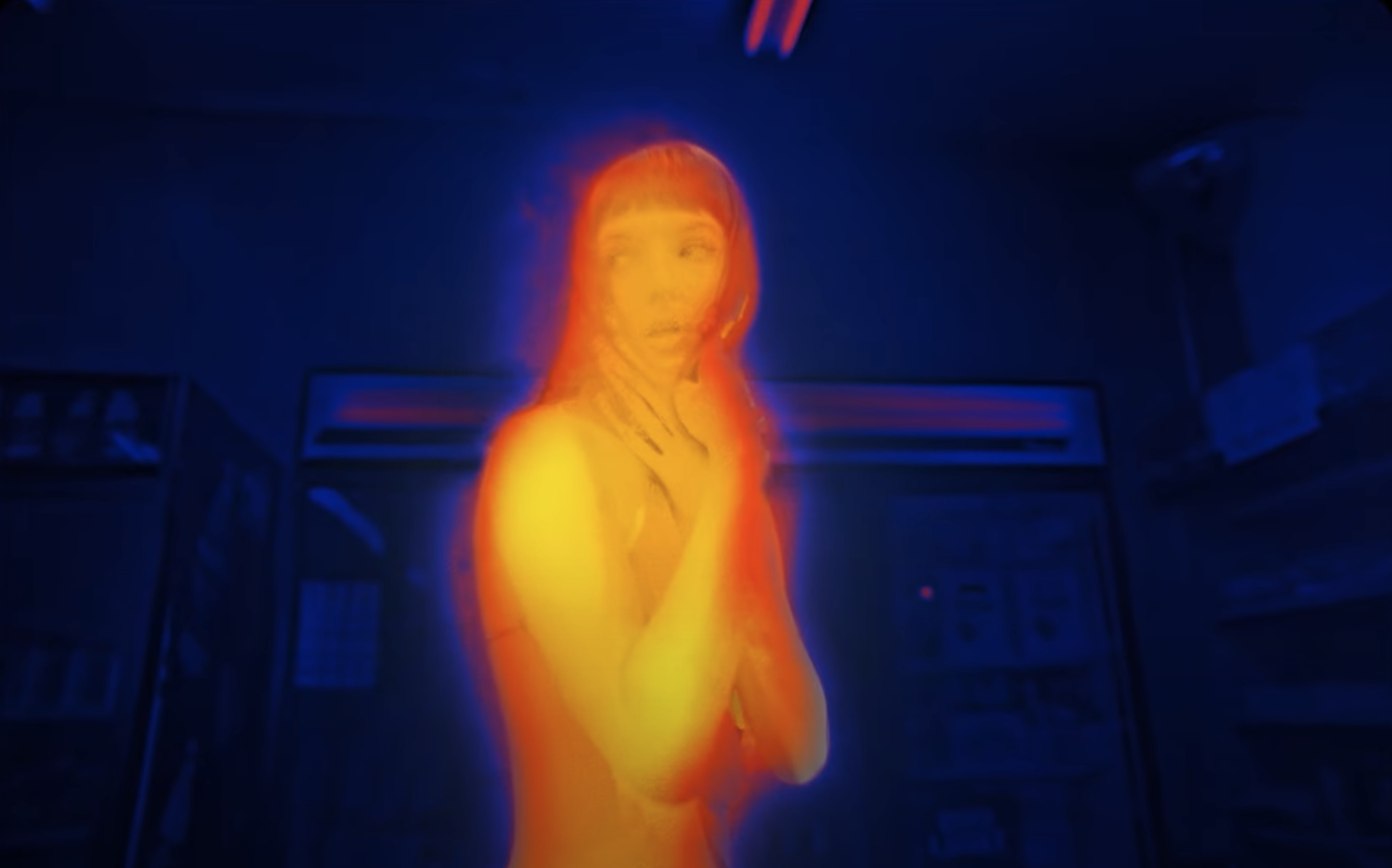
The video cuts among these scenarios and a new scene showing Marin entering a convenience store with a friend. As the scene opens, she and her friend flirt with two men as they walk the aisles. Slowly, Marin’s sickness begins to take hold, and the scene changes from natural lighting to thermal imaging as her body turns red hot. She receives an email from her doctor saying her body will begin to purge metals. Nikolaev drew from prior experience shooting footage for a thermal-vision effect, and he notes that “the key was to create a shadowless picture with distinct separation of the talent from the background, to ease the burden of rotoscoping. We achieved this effect by using Astera Titan Tubes to gradually cool the background, while simultaneously lighting Cassie with a warm color using an Astera AX5. The rest was handled by the VFX team.
The camera begins to barrel roll as Marin’s body breaks down. Metal begins to seep from her pores. As the camera moves become more intricate, the cutting becomes quicker, and her condition worsens. She receives a message on a flip phone that she is “extremely toxic.” The video ends with shaky handheld footage following her as she runs through the woods at night, trying to hide from the camera. She gets another text message as the camera cuts to black.
To balance the truthfulness of Marin’s experience with the relentless pace of the video, Nikolaev relied on Steadicam operator Stanislav Vaganov’s precise framing. “We shot almost everything on Steadicam, and Stanislav is a master of spinning shots,” the cinematographer says. “It wasn’t the first time I made him operate a camera with a periscope lens — we used the Optex Excellence on a Steadicam for the opening shot of the short film “Storm,” directed by Lena Tsodykovskaya, which we shot in L.A. in 2022 — [and] I knew he could handle it without any problems. He basically operated blindfolded while I was operating the direction of the Skater Scope. Despite all the technical challenges, we shot everything on time without any technical issues.”

Nikolaev shot 3D scans at every location — Downtown L.A.’s Arts District for interior shots; just north of Agua Dulce for the desert scene; and Malibu for the beach and final forest scene — with the PolyCam app on his iPhone. “I always do that just in case [I need] to find shots and framings in 3D space after scouting, if I didn’t have time to scout properly; to take measurements and determine, for example, if a jib arm would fit into the space; or for VFX purposes, such as using measurements to build a 3D replica of the room or using the scan as a reflection map. But this time, we were able to use [the scans] for some of the VFX shots [in a different way]. For example, we couldn’t shoot a wide-enough shot for the first scene due to the location limitations, so I used my 3D scan to re-create the room in Unreal Engine and expanded the space.” This shot appears when Marin is lying on the couch and receives the news about her lab results.
He adds that he and the directors also “did some photogrammetry shots by ourselves simultaneously on three different cameras: Stanislav on Steadicam with the Alexa Mini, me with a digital photo camera — a Canon 5D Mark II — and King She with an iPad.”
Nikolaev believes shooting music videos has fostered his growth as an artist. “I like them because they allow me to tell a story in short form using unconventional techniques. The technical knowledge I get this way can be used later in [other] work. Also, I love music!”
Being nominated for the inaugural ASC Music Video Award for “Tanto” was not only exciting, but also “validating,” he says. “I don’t have any filmmaking education — my major was coding. I always felt I wasn’t a real DP, but an imposter. Being nominated feels like the ultimate proof that I’m a real cinematographer.”
Tech Specs | “Tanto”
1.55:1
Cameras | Arri Alexa Mini
Lenses | Lomo Illumina S35 MKII, Laowa Zero-D






